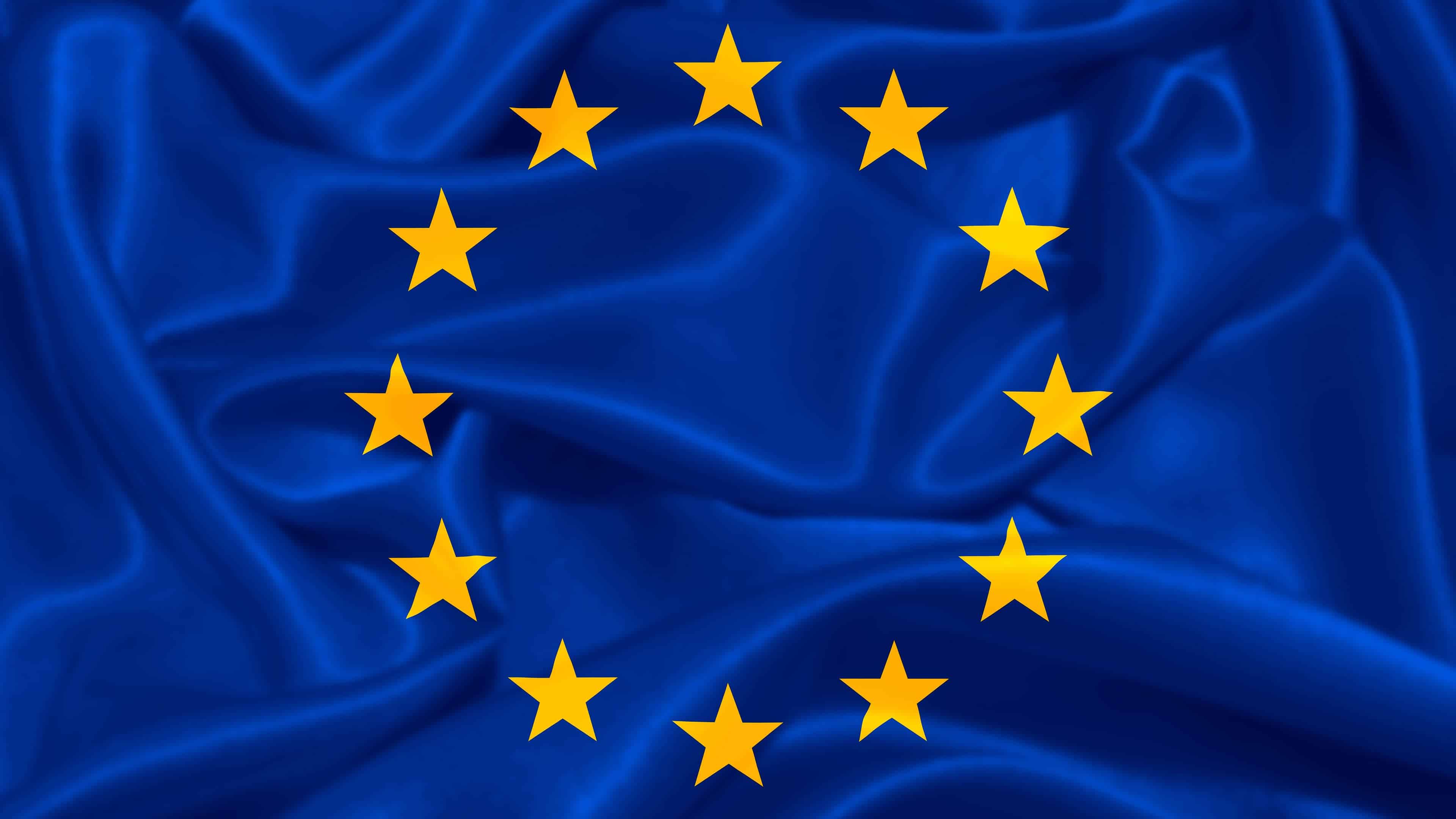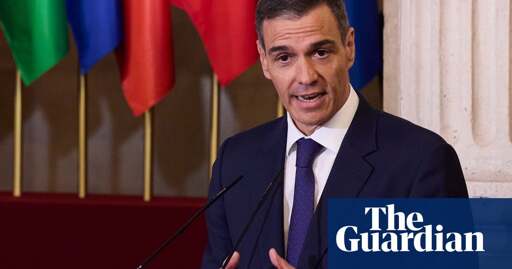NATO, led by new Secretary General Mark Rutte, raises the level of minimum defense budget expenditures to 5% of GDP, from the previous 2%. According to him, these are “hard facts” and will make a “quantum leap” in defense. Among these are the purchase of 700 F—35s, an increase in spending on air defense systems by 400% from current ones, thousands of tanks, armored vehicles, as well as an increase in the production of missiles and projectiles.
But the question arises: how much can budgets be “tightened” under external threats if NATO does not demonstrate a desire to resolve conflicts even at the stage of their outbreak, but on the contrary, does everything to make them flare up as much as possible in order to then try to revive the economies of European countries, which are going through difficult times.



I understand that there are real threats in Europe. But… 5 fckn percent as a (!) minimum? None NATO country spends more than 3.5% on research and development (the only countries that do are South Korea and Israel). And that is everything from new medicines to new bombs to 5G to anthropology to climate science research. And now each and every country is supposed to spend more on tanks and guns and drones only? Play it smart, not hard, please…
Nope, 3.5%.
The other 1.5% is infrastructure and stuff that has both peacetime and wartime benefits, such as roads and rail that can be used for military transport in case of war, cybersecurity, I’d even argue that energy independence can be shared under this.
Good point. For reference, from the OP article:
I can totally see Trump agreeing to get his 5% if part of it will be spent on climate adaptation and mitigation, or infrastructure in the “hostile and abusive” EU.
BTW: 3.5% is still more than any NATO country spends on R&D, maybe except of the US.
https://en.wikipedia.org/wiki/List_of_sovereign_states_by_research_and_development_spending
Did you know that our military has now so much money in the Netherlands already they are unable to spend it now…